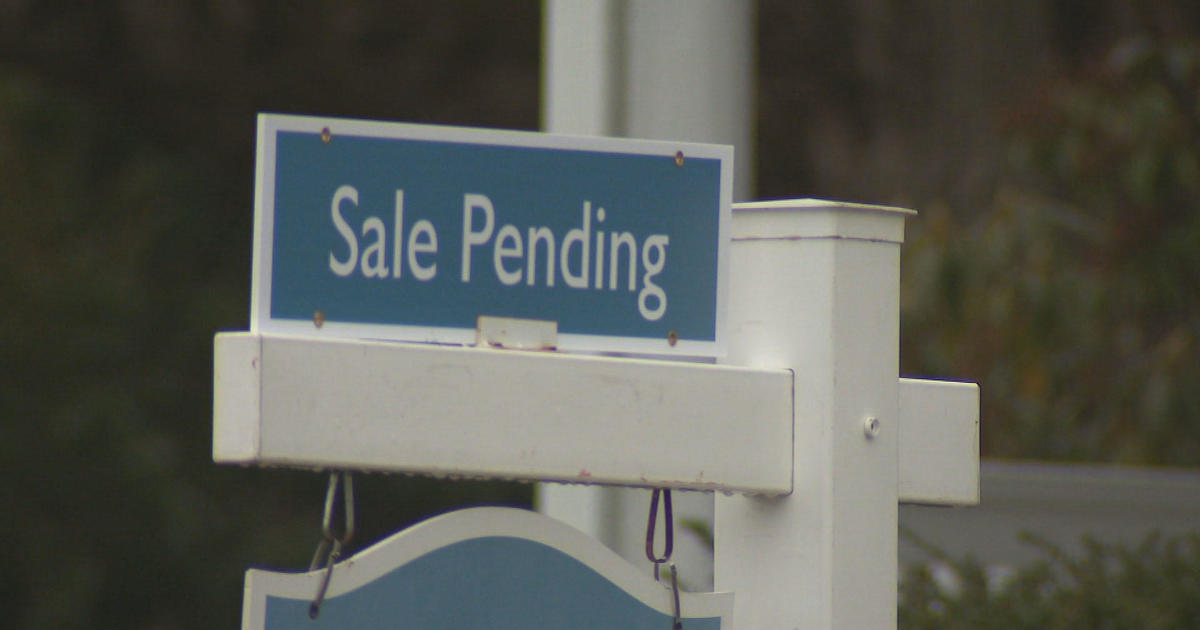Enbridge Asks EPA For Extension To Finish Dredging Kalamazoo River
COMSTOCK TWP. (WWJ/AP) - Enbridge Inc. has asked the U.S. Environmental Protection Agency for an extension to complete dredging of Michigan's Kalamazoo River to clean up after a July 2010 oil pipeline spill.
Calgary, Alberta-based Enbridge made the request for the EPA to extend its deadline past Dec. 31 to remove the remaining submerged oil, the Kalamazoo Gazette reported. The pipeline company said the request is due in part to opposition by some area residents to the parts of the work. The EPA ordered the dredging in March.
According to documents, Enbridge hasn't been able to get a dredge pad site to work on Morrow Lake in Kalamazoo County's Comstock Township. It also notes it's been sued by project opponents including Larry Bell, owner of Bell's Brewery Inc., and it is awaiting permits from the Michigan Department of Environmental Quality.
"Enbridge's preparation for dredging in the Delta and Morrow Lake area has been discontinued due to an unanticipated issue with securing a dredge pad site," Rich Adams, senior vice president of operations for Enbridge, wrote in a letter to an EPA official.
Last month, the EPA announced that Enbridge will nearly triple the amount of contaminated sediment it dredges in Michigan's Kalamazoo River. The work is above the Ceresco Dam upstream of Battle Creek and in Morrow Lake, and will lead to the temporary closing of 12 miles of the river.
Even after the dredging is completed, EPA estimates between 162,000 and 168,000 gallons of oil will still remain in the river and won't be able to be recovered right away. Instead, officials say it must be carefully monitored and collected over time using traps that gather contaminated sediment.
A rupture in the 30-inch pipeline from Sarnia, Ontario, to Griffith, Ind., spilled into Talmadge Creek, a Kalamazoo River tributary. Oil flowed about 35 miles before it was contained.
Enbridge initially reported the pipeline break released 819,000 gallons of crude, but later revised that amount to 843,000 gallons.
An investigation by the National Transportation Safety Board determined that the rupture was caused by cracks and corrosion, and the agency faulted Enbridge for failing to take steps that might have prevented it.
TM and © Copyright 2013 CBS Radio Inc. and its relevant subsidiaries. CBS RADIO and EYE Logo TM and Copyright 2013 CBS Broadcasting Inc. Used under license. All Rights Reserved. This material may not be published, broadcast, rewritten, or redistributed. The Associated Press contributed to this report.



